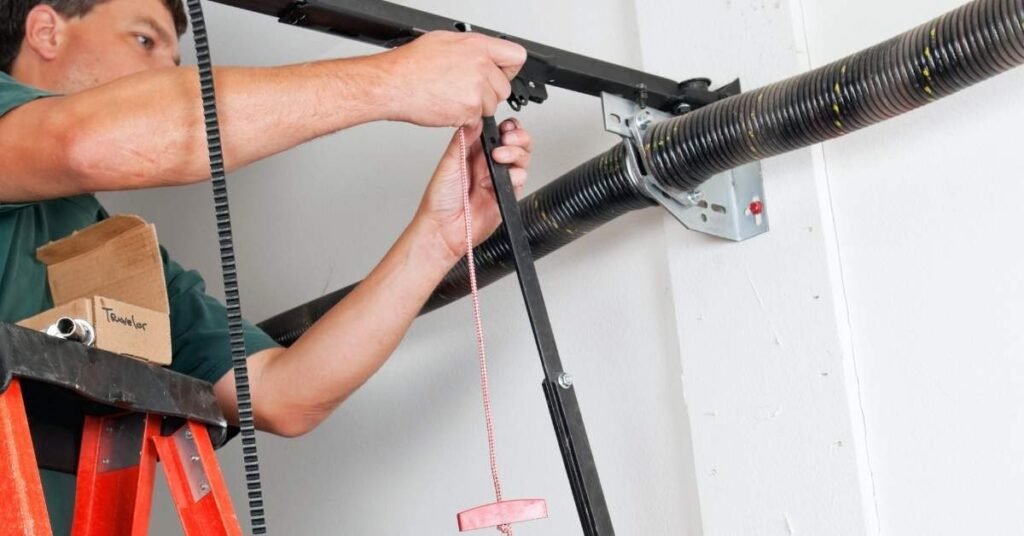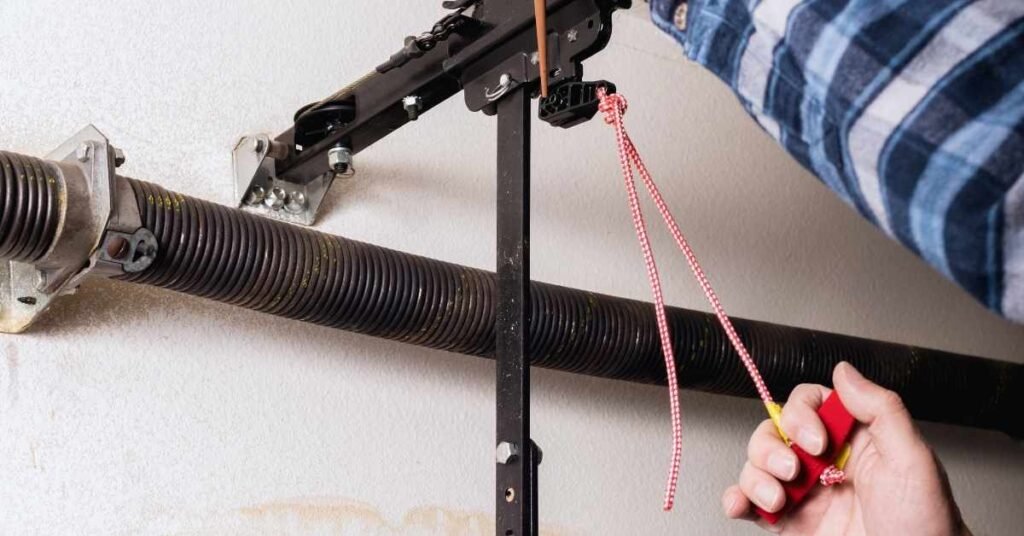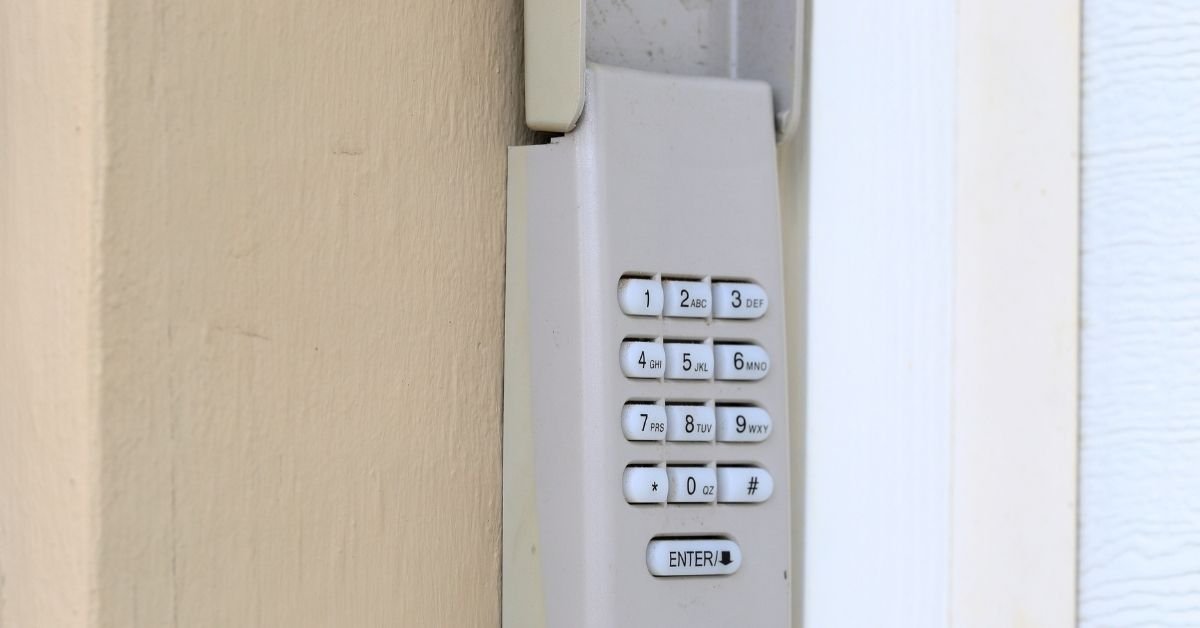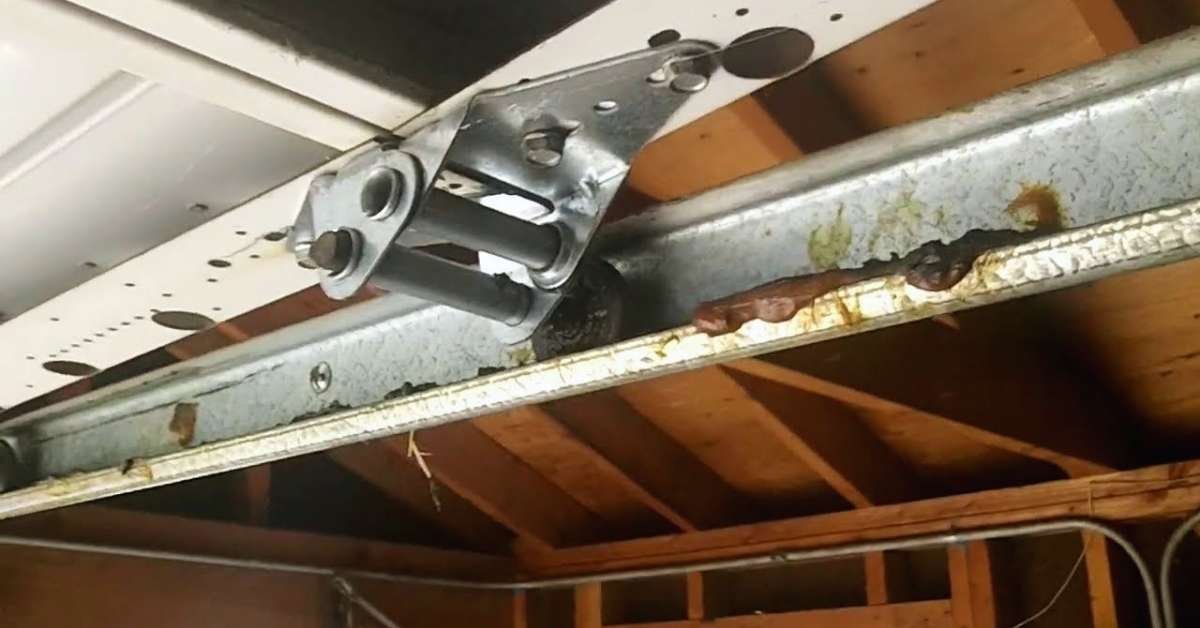How to Adjust Garage Door Springs: A Comprehensive Guide
Your garage door springs play an extraordinary role in the smooth operation of your garage door. They balance the door’s weight, making it easy to open and close. However, there may come a time when you need to adjust your garage door springs. Whether it’s to solve the issues with the door’s balance tension or to ensure it operates safely. So, understanding How To Adjust Garage Door Springs is essential for any homeowner. This comprehensive guide will walk you through the process step by step, providing you with the knowledge and confidence to make necessary adjustments.
Table of Contents

Why Adjust Garage Door Springs?
Before we start with the “how,” let’s explore the “why.”
There are several reasons why you might need to adjust your garage door springs:
1. Balancing Issues: Over time, garage door springs can lose tension, causing your door to become unbalanced. Adjusting the springs can restore proper balance and prevent wear and tear on other components.
2. Safety: A garage door with too tight or loose springs can pose safety hazards. Proper adjustment ensures the door functions safely, reducing the risk of accidents.
3. Optimal Performance: Adjusting your garage door springs can improve the door’s performance. A well-balanced door operates more smoothly, extending the opener’s lifespan and other components.
Let’s proceed with the step-by-step guide on How To Adjust Garage Door Springs
Step 1: Safety Precautions
Before touching any garage door springs, safety is a must. Start by unplugging the garage door opener to ensure it won’t accidentally activate while you’re working. Additionally, wear appropriate safety gear, including safety glasses and gloves, to protect yourself from potential accidents.
Step 2: Identify the Springs
Garage doors typically have two types of springs:
- Extension springs
- Torsion springs
Identifying the type of springs your door uses is essential, as the adjustment process can differ.
Extension Springs: Extension Springs run along the horizontal tracks on both sides of the door.
Torsion Springs: Torsion Springs are mounted above the door, parallel to the door’s opening.
Step 3: Assess the Current State
Before making any adjustments, assess the current state of your garage door.
- Open and close the door manually a few times
- Pay attention to any imbalances, unusual noises, or difficulties in operation
This assessment will help you determine the specific issues that need addressing.
Step 4: Extension Spring Adjustment
You can adjust the tension for extension springs by moving the S-hook or pulley along the chain or cable. You can increase or decrease the spring’s tension by repositioning it to a different hole. Ensure you adjust both sides equally to maintain balance.
Step 5: Torsion Spring Adjustment
Adjusting torsion springs requires more caution and should ideally be done by a professional.
Torsion springs are taut and can be dangerous to adjust without proper tools and experience.
If you need clarification about adjusting torsion springs, it’s recommended that you seek professional assistance.
Step 6: Check the Door’s Balance
After making adjustments, check the balance of your garage door by opening and closing it manually.
A balanced door should stay in any position when it’s released. If the door goes up or down independently, further adjustments are needed.
Step 7: Fine-Tuning and Maintenance
Maintaining your garage door springs is essential to keep them in good working condition.
Regular inspections can help you catch issues before they become significant problems.
Common Signs of Spring Issues
Being noticed when your garage door springs need adjustment is beneficial for timely maintenance.
Look out for these common signs:
- The door is uneven or crooked when opening or closing.
- The door moves slowly or struggles to open and close.
- You hear loud creaking or popping noises during the operation.
- The door doesn’t stay in place when partially opened.
Maintenance Tips
Regular maintenance is essential for the long-term health of your garage door springs.
Here are some additional tips to keep in mind:
- Inspect the springs for any signs of wear, corrosion, or damage. If you notice any issues, address them promptly to prevent further damage.
- Lubricate the springs with a silicone-based garage door lubricant. Applying lubricant to the coils helps reduce friction, ensuring smoother operation and extending the life of the springs.
- Examine the cables and pulleys for signs of wear or fraying. Replace any damaged components to maintain the integrity of your garage door system.
- Check the balance of your garage door regularly by disconnecting the automatic opener and manually lifting the door halfway. A well-balanced door should stay in place; if it doesn’t, it may be time to adjust the springs.
Regular Safety Checks
Garage door safety is paramount. Conduct regular safety checks to ensure that your garage door system is in good working condition:
Test the auto-reverse feature by placing a small object (e.g., a wooden block) on the floor under the garage door. When the door closes and comes into contact with the thing, it should immediately reverse direction. Inspect the safety sensors near the bottom of the garage door tracks. Please make sure they are clean and properly aligned. Keep the area around the garage door clear of obstructions and debris to prevent accidents.
Invest in Quality Springs
Invest in high-quality springs from reputable manufacturers when replacing or installing new ones.
Quality springs are less likely to break or require frequent adjustments, providing a longer service life and greater peace of mind.
Documentation
Keep a record of your garage door maintenance and adjustments. Note the dates of spring adjustments and any issues you’ve encountered. This documentation can help track the performance of your garage door system and identify recurring problems. By following these additional steps and safety tips, you can ensure your garage door’s ongoing performance and safety. Regular maintenance, proper adjustment, and awareness of potential issues will help keep your garage door in top condition for years.
Extending the Lifespan of Your Springs
Here are some additional tips for maximizing the longevity of your springs:

Keep your garage well-insulated: Extreme temperature fluctuations can affect the performance of your springs. Proper insulation helps maintain a stable temperature, reducing stress on the springs. Regularly clean and lubricate your springs and other moving parts like hinges and rollers. This minimizes friction and wear. Check your garage door’s balance periodically, as an imbalanced door puts extra strain on the springs. Address balance issues promptly to prevent premature wear. Ensure your garage door opener is adjusted correctly. An opener that’s working too hard can lead to quicker spring deterioration. Follow the manufacturer’s recommendations for opener settings. Replace both springs simultaneously, even if only one appears worn or damaged. Replacing both springs ensures even wear and tear and prolongs their lifespan.
Summing Up
Adjusting your garage door springs is a vital part of home maintenance. It ensures the safety, functionality, and longevity of your garage door. By following these step-by-step instructions on How To Adjust Garage Door Springs and being vigilant about regular maintenance, you can identify common spring issues and enjoy a well-balanced and smoothly operating garage door.
In conclusion, taking the time to understand How To Adjust Garage Door Springs is a valuable skill for homeowners. It ensures the safety of your garage door and provides peace of mind, knowing that your property is well-protected. Regular inspection and maintenance of your garage door springs can help prevent costly repairs and maintain the overall integrity of your garage door system. So, take these steps to heart and enjoy the benefits of a properly adjusted and well-maintained garage door.






